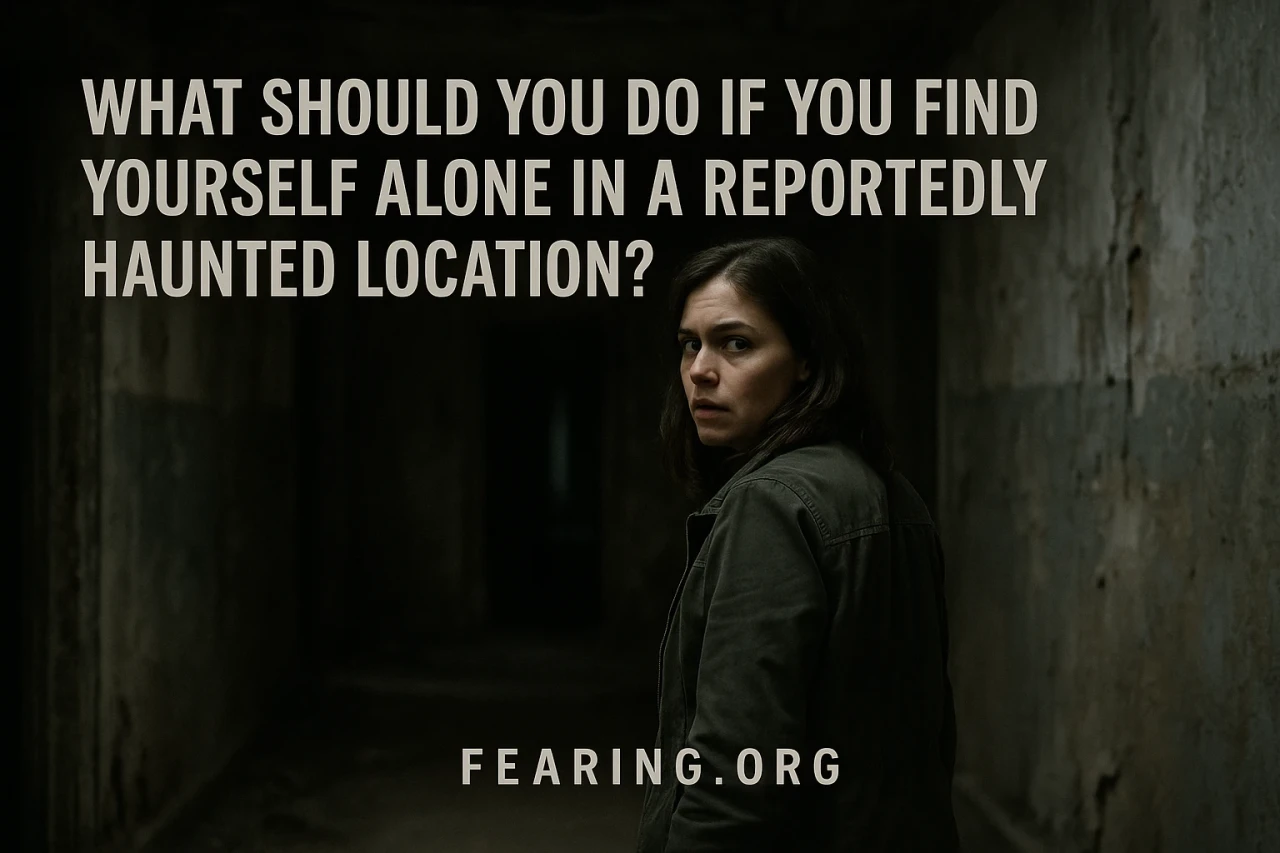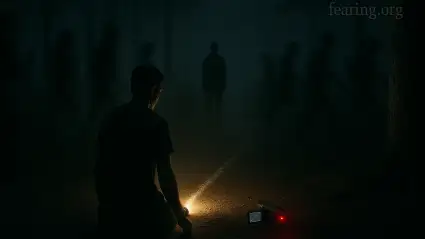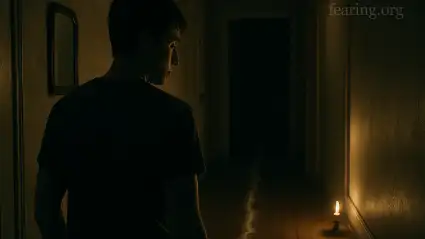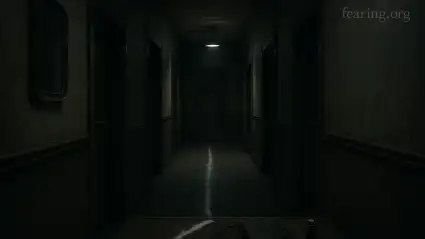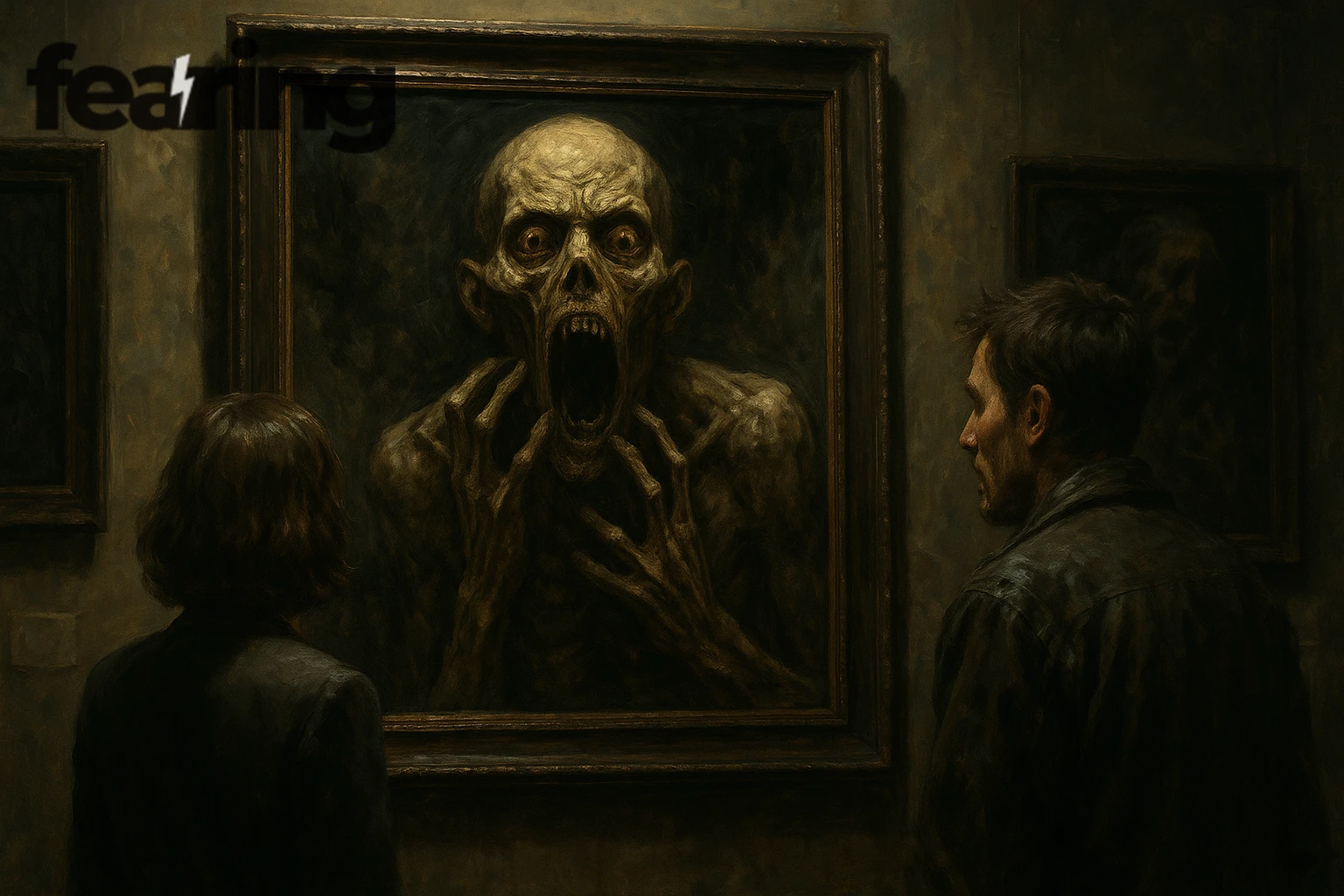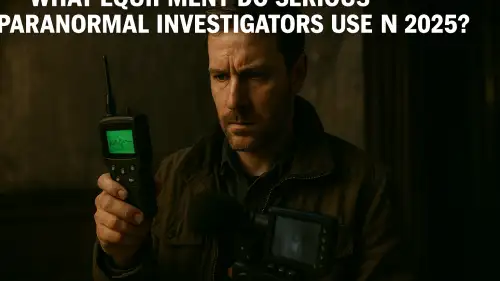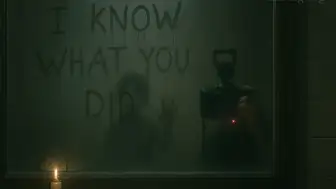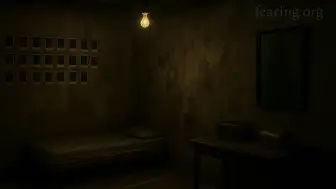It starts with a noise you can’t explain — a creak, a whisper, a shadow that seems to move on its own. Maybe you took a wrong turn on a ghost tour, or maybe curiosity led you farther into the darkness than planned. Whatever brought you there, one thing’s certain: you’re alone in a place that’s said to be haunted.
Being alone in such an environment doesn’t necessarily mean danger, but it does demand calm, awareness, and respect — for both your surroundings and your own mind. Whether you believe in the supernatural or not, the experience can be unsettling. Here’s what to do when fear and reality blur inside a reportedly haunted location.
Stay Calm and Control Your Breathing
The most immediate threat in a haunted place isn’t a ghost — it’s panic. Fear narrows focus and distorts perception, making ordinary noises sound menacing and shadows seem alive. The moment you feel your heart racing, stop and breathe slowly.
Count each inhale and exhale. Ground yourself by touching something solid — a wall, a railing, even the floor. This tactile connection brings your body back to the present moment and helps silence the imagination’s echo chamber. Remember: fear feeds on uncertainty, and steady breathing starves it.
Assess Your Surroundings
Before assuming anything supernatural, take stock of the physical environment. Old buildings groan, air shifts through cracks, and temperature changes can make even familiar spaces feel foreign. Look for practical explanations first.
Check:
Lighting: Is your flashlight or phone battery strong enough? Dim light tricks the eyes.
Air flow: Drafts can move doors or curtains.
Sound: Pipes, animals, or wind often create eerie noises.
Flooring: Uneven boards or debris might make you think you heard footsteps.
By identifying what’s real, you weaken the hold of what might not be. In most cases, logic is your strongest flashlight.
Trust Your Instincts, But Don’t Feed Them Panic
Instincts are useful — they alert you to danger before logic can explain it. But in a haunted setting, that primal sense can become overactive. If something feels “off,” acknowledge it, but don’t immediately assume it’s paranormal.
Ask yourself: Am I reacting to the environment or to what I’ve been told about it?
Expectation shapes perception. The more you anticipate seeing or hearing something strange, the more likely your mind will create it. Respect your instincts but filter them through reason.
Keep a Light Source and Stay Oriented
Darkness amplifies imagination. Always carry a reliable flashlight or use your phone’s light, but use it sparingly — scanning too fast creates disorienting shadows. Keep track of landmarks: a distinctive doorway, a staircase, or a window. If fear takes over, these reference points help you find your way out calmly.
If the light flickers or dies, don’t assume the worst. Technology fails in cold or damp environments. Conserve power, move slowly, and avoid running. Nothing heightens fear like confusion in the dark.
Avoid Provocation
In many so-called haunted sites, curiosity quickly turns into challenge — people shout, mock, or demand signs of a ghostly presence. This rarely ends well. Whether or not you believe in spirits, antagonizing the unknown increases emotional chaos. It fuels fear, tension, and accidents.
Instead, approach the environment with quiet observation. Speak softly. Listen. Document what you notice, if you’re investigating. Respect transforms fear into curiosity — a shift that keeps your mind steady.
Keep Communication Open
If you entered the site as part of a group, use a walkie-talkie or phone to stay in touch. Even if you’re temporarily separated, let someone know where you are. Having contact with another person — even virtually — anchors your sense of safety.
If you truly find yourself completely alone, speak out loud occasionally. Hearing your own voice grounds you and reduces the isolation effect that can spiral into panic.
Recognize Psychological Effects
Haunted locations often trigger fight-or-flight responses through environmental and psychological cues. Low lighting, silence, and expectation can cause auditory or visual misinterpretations known as pareidolia — the tendency to see patterns or faces where none exist.
Understanding this helps defuse the experience. The mind seeks familiarity, even in chaos. That face in the wallpaper or that voice in the static may be your brain trying to organize randomness. Awareness doesn’t ruin the experience; it restores control.
Know When to Leave
There’s no shame in walking away. If fear becomes overwhelming, your body is telling you something important. The best decision may be to step outside, breathe fresh air, and reset. Haunted or not, stress can cause dizziness, confusion, or even fainting.
Before leaving, move carefully. Many reported “attacks” in haunted places are actually injuries from falls or sharp objects in the dark. Prioritize safety over bravery — ghosts aren’t the ones sending people to the emergency room; broken stairs and rusted nails are.
Document, Don’t Dramatize
If you’re investigating, record what happens objectively. Write down times, sensations, or sounds instead of interpreting them immediately. Descriptions like “door closed by itself” are more useful than “a spirit slammed the door.”
Calm observation not only helps you analyze events later but also keeps emotions from spiraling in the moment. The act of writing or recording focuses the mind, turning fear into data.
Respect the Space
Whether the site is sacred, historical, or just old, treat it as you would a graveyard — with reverence. People often underestimate how much emotional energy history carries. Every mark on the wall, every broken window, represents someone’s story. The more you respect that, the more at peace you’ll feel.
Disrespecting a place — by trespassing, vandalizing, or mocking — often leads to regret, not because of ghosts, but because of guilt. And guilt, when paired with darkness, can haunt anyone.
When the Experience Follows You
Sometimes, leaving doesn’t end the feeling. People often describe carrying the atmosphere of a haunted place long after they’re gone — the sound of footsteps in their mind, the echo of a cold draft that never existed. This is common.
To shake that residual tension, engage your senses: take a shower, step into bright light, or listen to music. These actions remind your body that it’s safe. Fear lingers in memory like static electricity — you discharge it by rejoining normal life.
The Real Meaning of Being Alone in the Dark
To find yourself alone in a haunted place is to face two truths at once: the limits of what’s explainable, and the vast power of your own imagination. Most fear doesn’t come from ghosts but from memory, anticipation, and silence. Yet that’s what makes the experience transformative.
You don’t need proof to feel awe. You only need to stand there — still, breathing, aware — and recognize that fear itself can be sacred. The unknown has always been part of being human, and haunted places simply remind us that we’re still capable of wonder in the dark.

